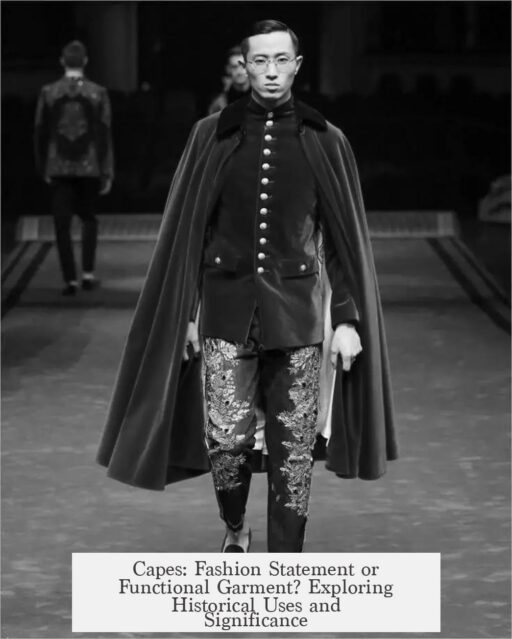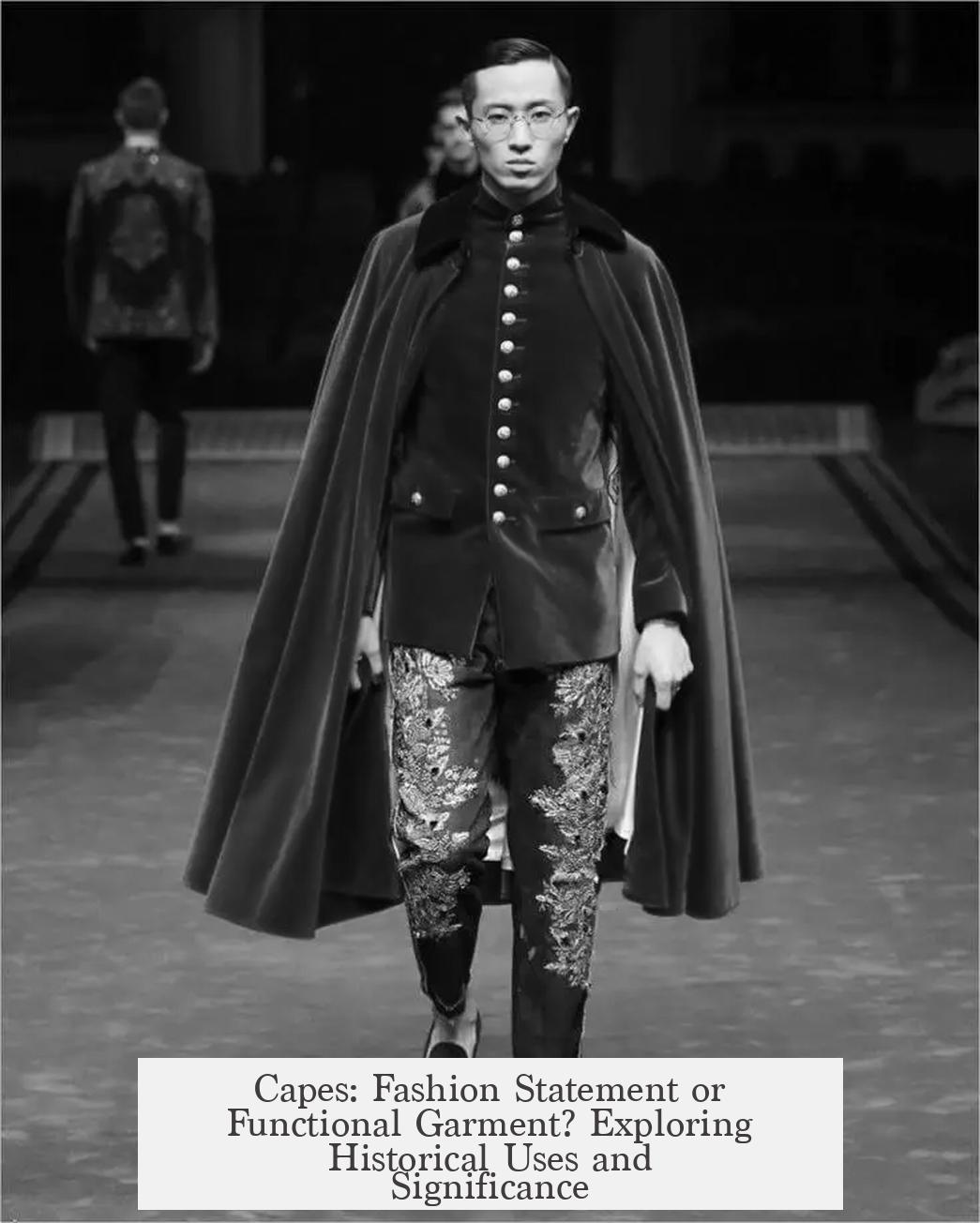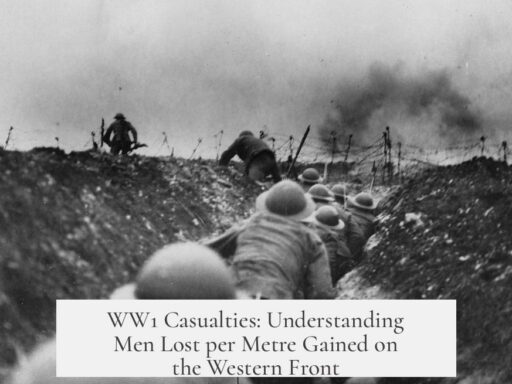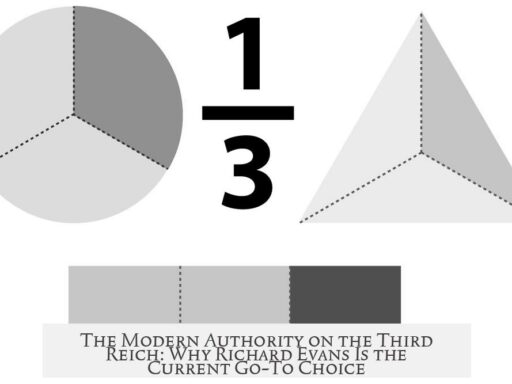Capes served significant functional purposes beyond aesthetics, providing environmental protection, versatility, and practical benefits. They were not merely decorative but crucial garments designed to meet the needs of their wearers in various conditions and activities.
Historically, capes acted as effective shields against weather. They guarded wearers from wind, rain, and cold temperatures. Woolen capes offered warmth, while oilskin variants repelled water. The loose design allowed them to be worn over indoor clothing, protecting these layers from dirt and grime, especially in eras when city streets were unpaved and dusty.
This protective role made capes comparable to modern raincoats or winter coats, but with added flexibility. Unlike fitted jackets, capes granted freedom of movement and easy access to pockets or weapons, ideal for activities such as horse riding or hunting. Riders benefited from the fabric draping over their clothes, shielding them from mud kicked up by horses. In warfare, mounted soldiers used specialized capes like the horo to deflect arrows, demonstrating that capes had practical defensive functions.
- Weather protection: wind, rain, cold
- Mobility: unrestricted arm movement for riding or using weapons
- Multi-use versatility: could double as blankets, groundcloths, or shelters
Versatility was a hallmark of the cape. Simple construction made them cheap and easy to produce. Usually fashioned from a single piece of fabric with minimal stitching, capes could serve multiple purposes beyond clothing. Some could act as temporary ground covers or tents, while others provided the wearer with warmth and dryness during outdoor activities. This made them popular for hunters and travelers who needed reliable layered protection with minimal bulk.
Socially, capes also signified status. Fine-quality fabrics, embellishments, and embroidered family crests marked nobility and rank. The finer the cape, the more prestigious the wearer appeared. This dual role as functional clothing and social identifier linked capes closely to cultural traditions and hierarchy.
Despite their advantages, capes declined in everyday use as lifestyles changed. The rise of industrially produced fitted coats offered tailored comfort and conveniences better suited to modern urban life. Capes do not adapt well to sitting in cars or on chairs. Their open and flowing form can be cumbersome in tight spaces. These practical limitations, alongside access to affordable mass-produced garments, led to capes being largely replaced by jackets and coats.
It is important to note the distinction between capes and cloaks. Though often confused, cloaks are generally longer, heavier, and designed primarily for warmth. Capes tend to be shorter and were worn indoors and outdoors, balancing function and style.
However, capes retain specialized uses. Military officers in the U.S. Army are authorized to wear capes, maintaining tradition and ceremonial dress. West Point cadets continue to wear capes as part of their great coats. Additionally, some national costumes incorporate capes for their practical benefits in varying climates. Hunters still use capes for their warmth, waterproof qualities, and flexibility in carrying equipment.
| Purpose | Description |
|---|---|
| Environmental Protection | Wind guard, rain repellent, sun protection, warmth |
| Mobility and Versatility | Allows arm movement, access to pockets or weapons; doubles as blanket or shelter |
| Social Status Symbol | Displayed family crests; quality indicated rank |
| Ease of Manufacture | Simple construction, economical to produce |
| Decline Reasons | Incompatibility with modern living; rise of fitted mass-produced coats |
In modern contexts, capes serve ceremonial, traditional, or niche practical roles. Their design maximizes protection while granting freedom and comfort uncommon in other silhouettes. While primarily functional historically, capes retained aesthetic value, balancing appearance and utility.
- Capes provided warmth and shielded wearers from weather elements.
- They enabled mobility, suiting activities like riding, hunting, and military use.
- Simple, cost-effective construction allowed wide availability.
- Capes indicated social status through fabric quality and decoration.
- Modern garments replaced capes due to practicality in urban and vehicular contexts.
- Still used in military dress, cultural costumes, and specialized outdoor activities.




